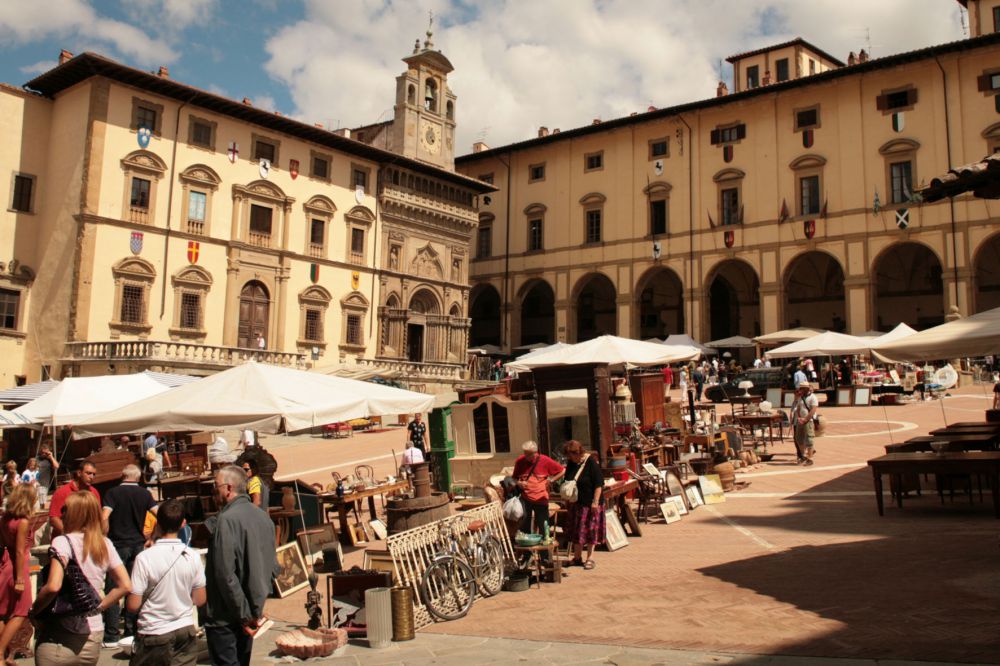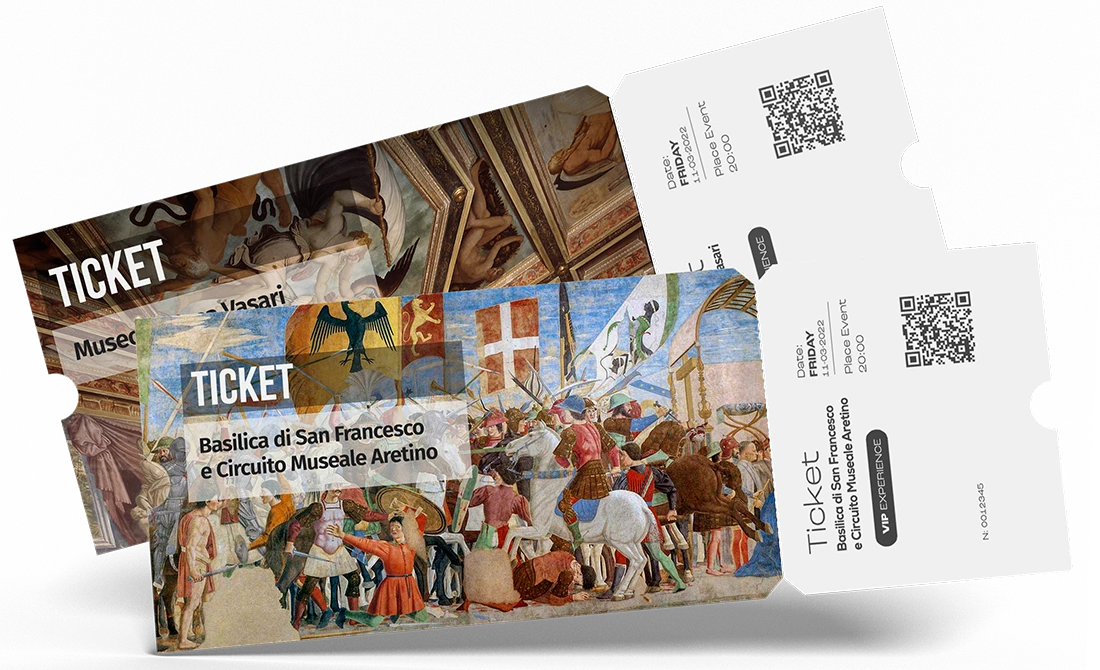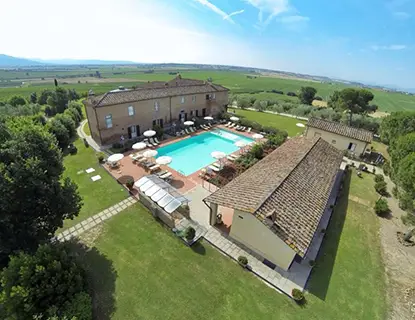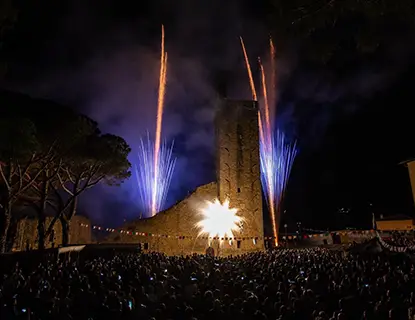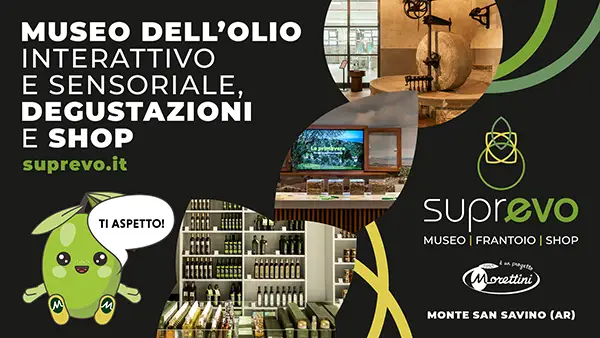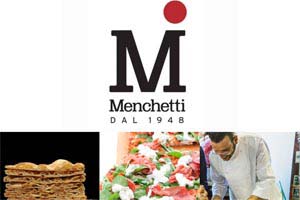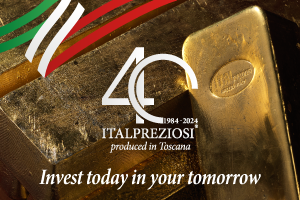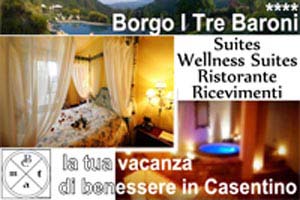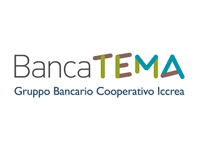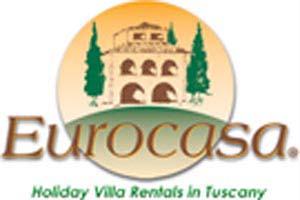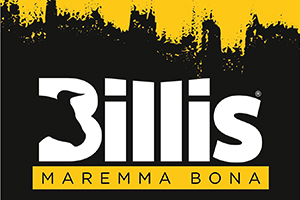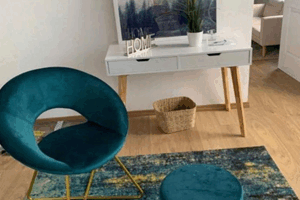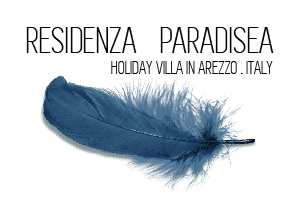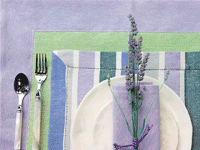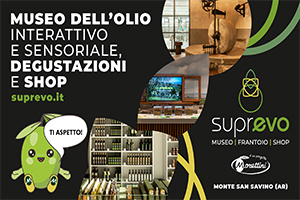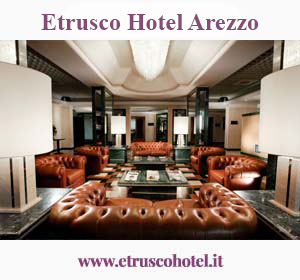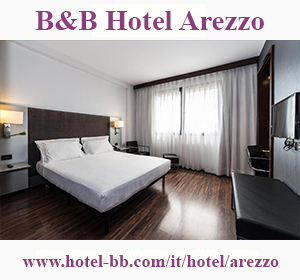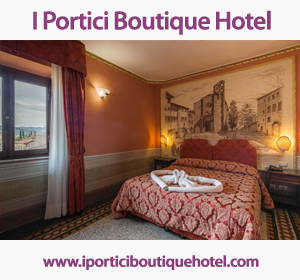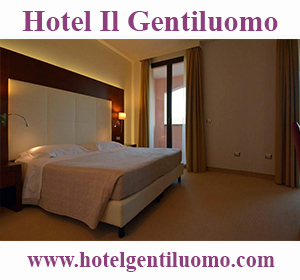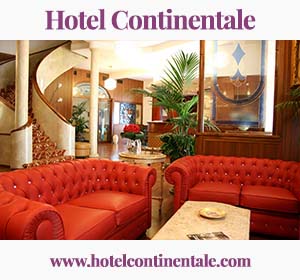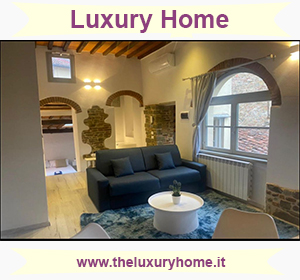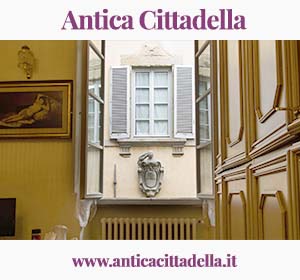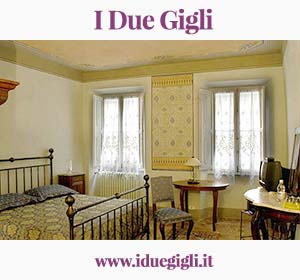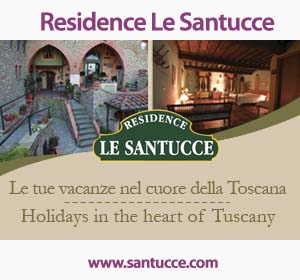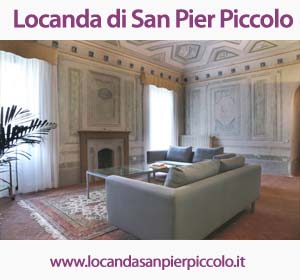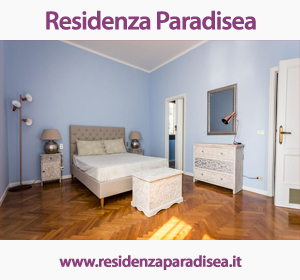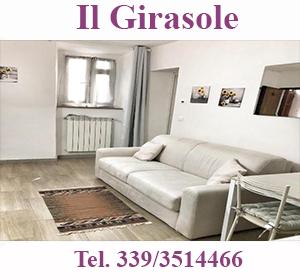Arezzo city of Antiques
Arezzo città dell'Antiquariato
Itinerary to discover the Antiquarian Fair of Arezzo and the Ivan Bruschi House Museum.
Arezzo is known all over the world thanks to one of the most important antiques fairs. In fact, the Antiquarian Fair of Arezzo has been held since 1968. Since then it takes place every first Sunday of the month and the previous Saturday. Italian and foreign visitors, traders, enthusiasts, collectors and scholars flow into the event. As the name suggests, the sellers, coming from all over Italy, sell antique objects and important antiques. It takes place in Piazza Grande and in the streets of the historic center.
The affirmation in time of the event has meant that, alongside the outdoor exhibition, the number of antique dealers grew, from exhibitions of great tradition to antique shops whose setting still reflects in many cases the same heterogeneity that is found in the antiques fair where furniture, paintings and objects, very different from each other, not only by age but also by quality, are mixed in a "disordered" way, leaving the visitor the pleasure of discovery.
The paternity of this important event is to be attributed to Ivan Bruschi, an eclectic collector. Today you can visit what has been his home, now set up as a museum.
By the will of Ivan Bruschi, the headquarters of the homonymous Foundation is located in the Palazzo del Capitano del Popolo, one of the first three hundred most elegant civil buildings in Arezzo, restored for the intervention of Banca Etruria. Located in front of the famous Romanesque church of S. Maria, in the upper part of the historical city where the most famous memories and the secular buildings of the city authorities are kept, Palazzo del Capitano probably owes its name to the seat of the Guelph Party of Arezzo and perhaps of the Captain of Justice. Formerly the home of the Lodomei family, the building was later owned by the Camaiani family, the Guelph family who came into possession in the 14th century. It is also referred to as the Palazzo della Zecca because, as is clear from the documents, at the beginning of the fourteenth century it became for a period the residence of the Gabella Officers and in the fifteenth century. of the Florentine public officials.
The origin of the Palace dates back to the XIII century when it was built on an even older building. The history of the Palazzo del Capitano del Popolo is partly told by the coats of arms on the facade of the building. Those still legible, inserted in the façade to break the original order of the wall texture, depict the emblems of the Municipality of Arezzo (golden cross in the red field), of the Camaiani family (turquoise background with a band of gold across and in top a red rake with three golden lilies between the teeth) and of the Municipality of Florence (the lily). It follows that in the fifteenth century the building was already owned by the Government of the city and perhaps only after 1384, the year of the end of the independence of Arezzo, there was placed the Mint.
Observing the Palace we can clearly see the wide wound caused by the bombing that on 2 December 1943 seriously hit the historic center of Arezzo: the original part of the building is clearly recognizable by the one rebuilt in the late '60s by Ivan Bruschi, in the context of an intervention that also involved the reconstruction of the innermost environments of the ancient building.
The beautiful and severe façade of the Palazzo is in regular blocks of serene stone, emphasized by the perspective view and the play of light that gives it its unique position on the steep inclined plane of Via dei Pileati. The neat and clean scans of the structure determine the architectural appearance of the Palace: the four portals, one of which is very wide, with a bow lowered on the ground floor, the linear frame with simple decoration, the five windows of the main floor, which repeat the trend earthy openings, to finally reach the small windows located under the wide eaves, whose space is enhanced by the emphasis of the last string course.
The entrance to the Palace confirms the impression of typically Tuscan severity and that in the dim light of the large entrance becomes harmonious and austere nobility. The high walls, enhanced by a precious lapidary and covered by cross vaults on stone bases and the volumetric play of the corridor that follows the first access hall, lead to the fifteenth-century style internal cloister, revived in the middle by an ancient well. from a loggia with columns in serene stone with valuable acanthus capitals. Following the perspective path of the ground floor, defined in the distance from the light source of the second courtyard, there is access to large rooms covered sometimes. Elegant and always characterized by austerity, the halls of the first floor where you can admire the well preserved wooden ceilings and from whose windows there is an unusual and extraordinary view of the Romanesque façade of the Pieve. The presence in the various rooms of portals, shelves and fireplaces in pietra serena recalls the fifteenth-century structure of the building, in which Ivan Bruschi lived until his death.
The materials of the Bruschi collection have been grouped for display in various sections based on topographical, chronological and typological criteria. Of particular importance is the archaeological collection, which includes objects of various chronology, from prehistory to late antiquity; to it belongs also a small nucleus of artifacts of Egyptian origin, datable to the Late Period (VII century BC). Relatively to the medieval phase there is a conspicuous series of ceramics, mainly of central-Italic production, sculptures, epigraphs and jewels. Numerically relevant are the sections of porcelain and ceramics, glass, sculptures, weapons, paintings, textiles, jewelery, furniture, tools and work tools and a small nucleus of musical instruments dating back to the end of the fifteenth century. in our day. There is also a numismatic collection of over 4000 pieces, representative of all periods and a book fund with several fifteenth-century. The eclectic interest of Bruschi is also evidenced by the presence of materials from outside Europe and in particular African, Eastern and Central American.
To learn more about the exhibition itinerary and the collections of Casa Museo Ivan Bruschi, visit the official website by clicking here
Arezzo is known all over the world thanks to one of the most important antiques fairs. In fact, the Antiquarian Fair of Arezzo has been held since 1968. Since then it takes place every first Sunday of the month and the previous Saturday. Italian and foreign visitors, traders, enthusiasts, collectors and scholars flow into the event. As the name suggests, the sellers, coming from all over Italy, sell antique objects and important antiques. It takes place in Piazza Grande and in the streets of the historic center.
The affirmation in time of the event has meant that, alongside the outdoor exhibition, the number of antique dealers grew, from exhibitions of great tradition to antique shops whose setting still reflects in many cases the same heterogeneity that is found in the antiques fair where furniture, paintings and objects, very different from each other, not only by age but also by quality, are mixed in a "disordered" way, leaving the visitor the pleasure of discovery.
The paternity of this important event is to be attributed to Ivan Bruschi, an eclectic collector. Today you can visit what has been his home, now set up as a museum.
By the will of Ivan Bruschi, the headquarters of the homonymous Foundation is located in the Palazzo del Capitano del Popolo, one of the first three hundred most elegant civil buildings in Arezzo, restored for the intervention of Banca Etruria. Located in front of the famous Romanesque church of S. Maria, in the upper part of the historical city where the most famous memories and the secular buildings of the city authorities are kept, Palazzo del Capitano probably owes its name to the seat of the Guelph Party of Arezzo and perhaps of the Captain of Justice. Formerly the home of the Lodomei family, the building was later owned by the Camaiani family, the Guelph family who came into possession in the 14th century. It is also referred to as the Palazzo della Zecca because, as is clear from the documents, at the beginning of the fourteenth century it became for a period the residence of the Gabella Officers and in the fifteenth century. of the Florentine public officials.
The origin of the Palace dates back to the XIII century when it was built on an even older building. The history of the Palazzo del Capitano del Popolo is partly told by the coats of arms on the facade of the building. Those still legible, inserted in the façade to break the original order of the wall texture, depict the emblems of the Municipality of Arezzo (golden cross in the red field), of the Camaiani family (turquoise background with a band of gold across and in top a red rake with three golden lilies between the teeth) and of the Municipality of Florence (the lily). It follows that in the fifteenth century the building was already owned by the Government of the city and perhaps only after 1384, the year of the end of the independence of Arezzo, there was placed the Mint.
Observing the Palace we can clearly see the wide wound caused by the bombing that on 2 December 1943 seriously hit the historic center of Arezzo: the original part of the building is clearly recognizable by the one rebuilt in the late '60s by Ivan Bruschi, in the context of an intervention that also involved the reconstruction of the innermost environments of the ancient building.
The beautiful and severe façade of the Palazzo is in regular blocks of serene stone, emphasized by the perspective view and the play of light that gives it its unique position on the steep inclined plane of Via dei Pileati. The neat and clean scans of the structure determine the architectural appearance of the Palace: the four portals, one of which is very wide, with a bow lowered on the ground floor, the linear frame with simple decoration, the five windows of the main floor, which repeat the trend earthy openings, to finally reach the small windows located under the wide eaves, whose space is enhanced by the emphasis of the last string course.
The entrance to the Palace confirms the impression of typically Tuscan severity and that in the dim light of the large entrance becomes harmonious and austere nobility. The high walls, enhanced by a precious lapidary and covered by cross vaults on stone bases and the volumetric play of the corridor that follows the first access hall, lead to the fifteenth-century style internal cloister, revived in the middle by an ancient well. from a loggia with columns in serene stone with valuable acanthus capitals. Following the perspective path of the ground floor, defined in the distance from the light source of the second courtyard, there is access to large rooms covered sometimes. Elegant and always characterized by austerity, the halls of the first floor where you can admire the well preserved wooden ceilings and from whose windows there is an unusual and extraordinary view of the Romanesque façade of the Pieve. The presence in the various rooms of portals, shelves and fireplaces in pietra serena recalls the fifteenth-century structure of the building, in which Ivan Bruschi lived until his death.
The materials of the Bruschi collection have been grouped for display in various sections based on topographical, chronological and typological criteria. Of particular importance is the archaeological collection, which includes objects of various chronology, from prehistory to late antiquity; to it belongs also a small nucleus of artifacts of Egyptian origin, datable to the Late Period (VII century BC). Relatively to the medieval phase there is a conspicuous series of ceramics, mainly of central-Italic production, sculptures, epigraphs and jewels. Numerically relevant are the sections of porcelain and ceramics, glass, sculptures, weapons, paintings, textiles, jewelery, furniture, tools and work tools and a small nucleus of musical instruments dating back to the end of the fifteenth century. in our day. There is also a numismatic collection of over 4000 pieces, representative of all periods and a book fund with several fifteenth-century. The eclectic interest of Bruschi is also evidenced by the presence of materials from outside Europe and in particular African, Eastern and Central American.
To learn more about the exhibition itinerary and the collections of Casa Museo Ivan Bruschi, visit the official website by clicking here
Castiglion Fiorentino Experience è un nuovo circuito digitale per il turismo. Scopri il territorio con Experience: le strutture ricettive, i luoghi da scoprire, le esperienze turistiche locali. In modalità gratuita e geolocalizzata.
Recommended Activities
Recommended Accommodation


